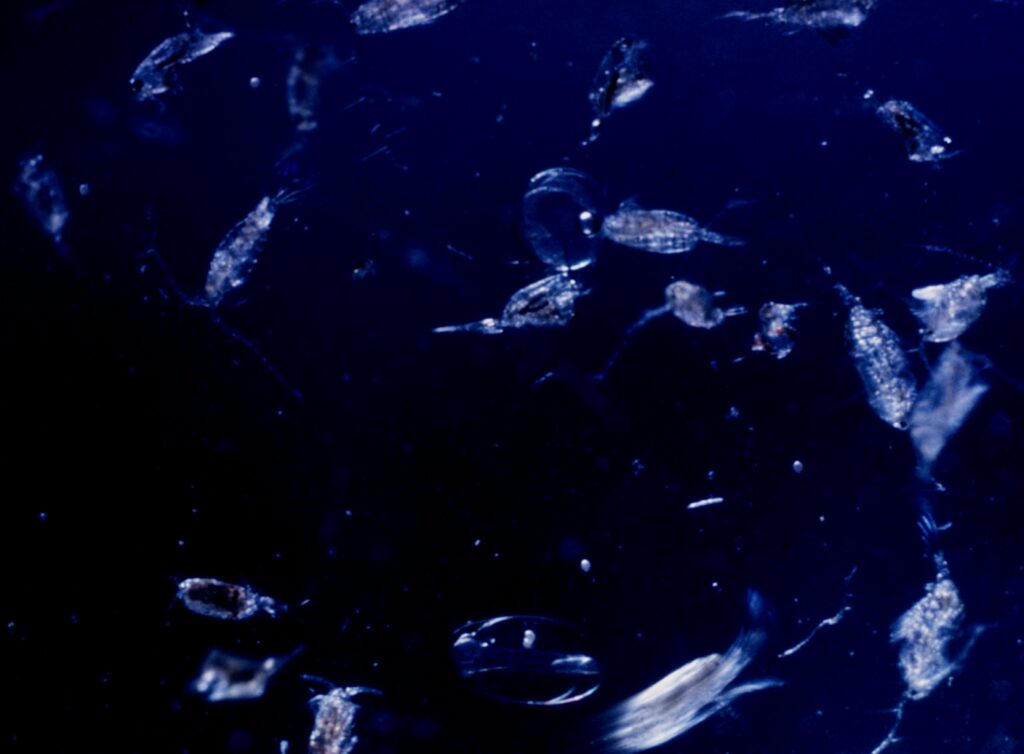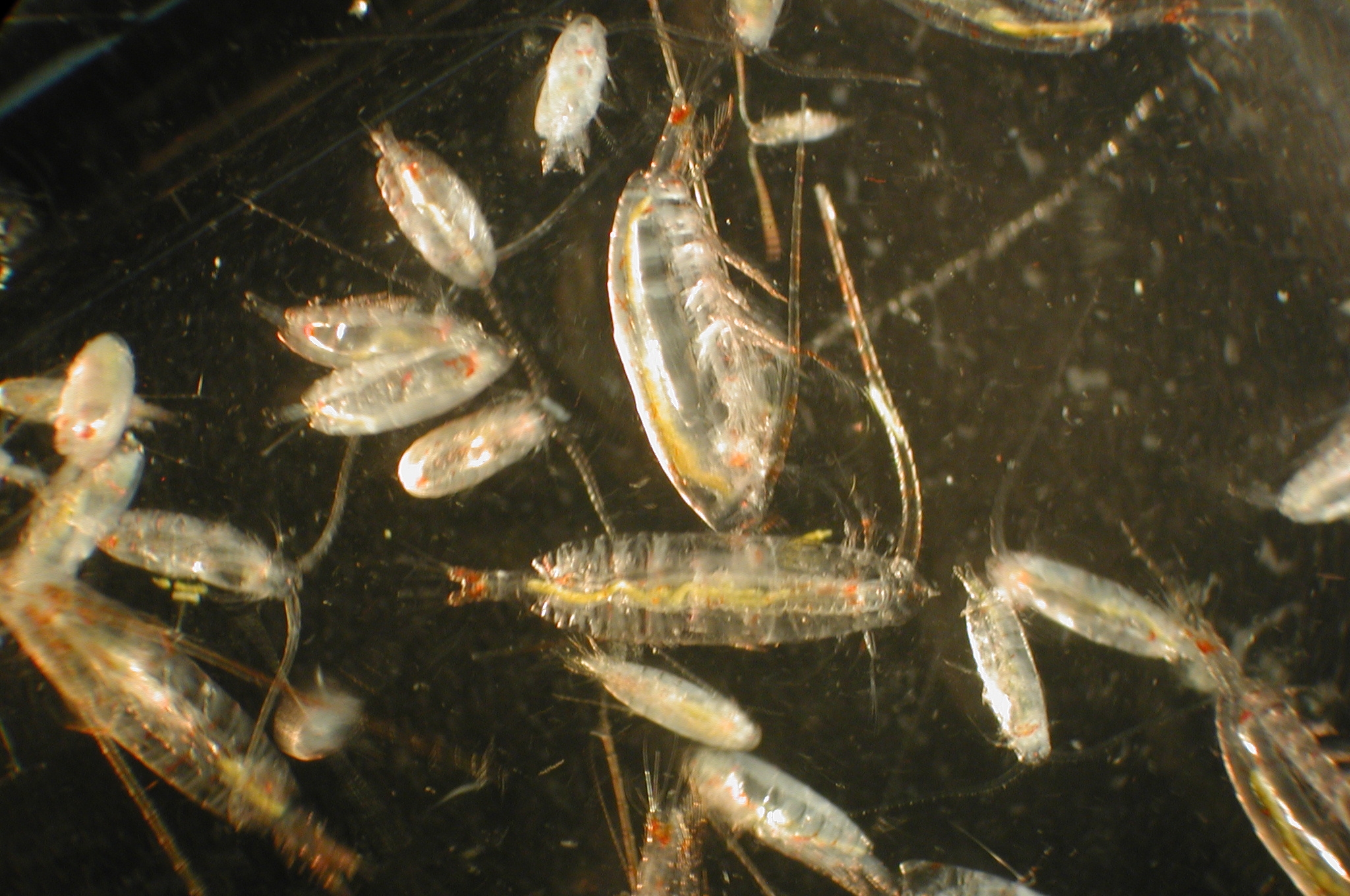Most people care very little about things that they have to look under a microscope to properly see. As a result, copepods, tiny crustaceans that are usually less than two millimeters long, rarely capture the spotlight. They do, however, consistently play a crucial role in the lives of those organisms that we have deemed more interesting and exciting. Copepods can be found just about everywhere and anywhere there is water, and fill a variety of roles within the food web: from acting as a valuable food source, to a crucial consumer of microalgae, and even as a bothersome parasite.
Ruddy Turnstones are a winter shorebird that have faced a drastic decline in population. In order to mitigate these risks, scientists must understand their place in the ecosystem, including what they eat. A common method of gathering intel on what organisms are eating is gathering field samples from the organisms’ habitat. For the Ruddy Turnstone, this means gathering sand and rack samples and sorting through them to see what food is available for the shorebirds. In New England, these samples include horseshoe crab eggs, a variety of snails and clams, and, of course, copepods. The Ruddy Turnstone, an already declining population, relies on copepods as a food source to survive. Scientists are able to use information about copepod availability to better gauge and understand shorebird ecology and how to slow their population decline.

As well as being valuable prey, copepods serve as important omnivores within the food web. Phytoplankton make up a large portion of most copepods’ diet, however they feed on a wide range of organisms: from detritus to zooplankton. Feeding on detritus helps clean the ocean ecosystem, and feeding on zooplankton prevents the population from growing exponentially. There are over 10,000 species of copepods, so there is certainly a range in diet, however the fact remains that copepods play a vital role in maintaining balance.
Perhaps the most well known copepods are Ommatokoita elongata and Ommatokoita superba. These copepods are known for their parasitic relationship with the greenland shark. They latch on to the cornea of these shark’s eyes and feed on it. This, of course, is damaging to the shark’s vision, slowly chipping away until the shark goes blind. However, due to the nature of the shark’s deep sea environment the greenland shark does not rely on vision to survive.
It is important to note that these examples are simply scratching the surface on copepods’ integral role in our natural world. Hundreds of organisms have copepods as parasites, and thousands more rely on copepods for food. These tiny, largely unassuming organisms play an essential role in every part of every ecosystem they’re a part of. Whether it’s as a parasite, a predator, or as prey, copepods are there, and it’s time we give them the spotlight.
Featured image shows a group of copepods, more specifically, zooplankton. (Image taken by Matt Wilson/Jay Clark from NOAA)
